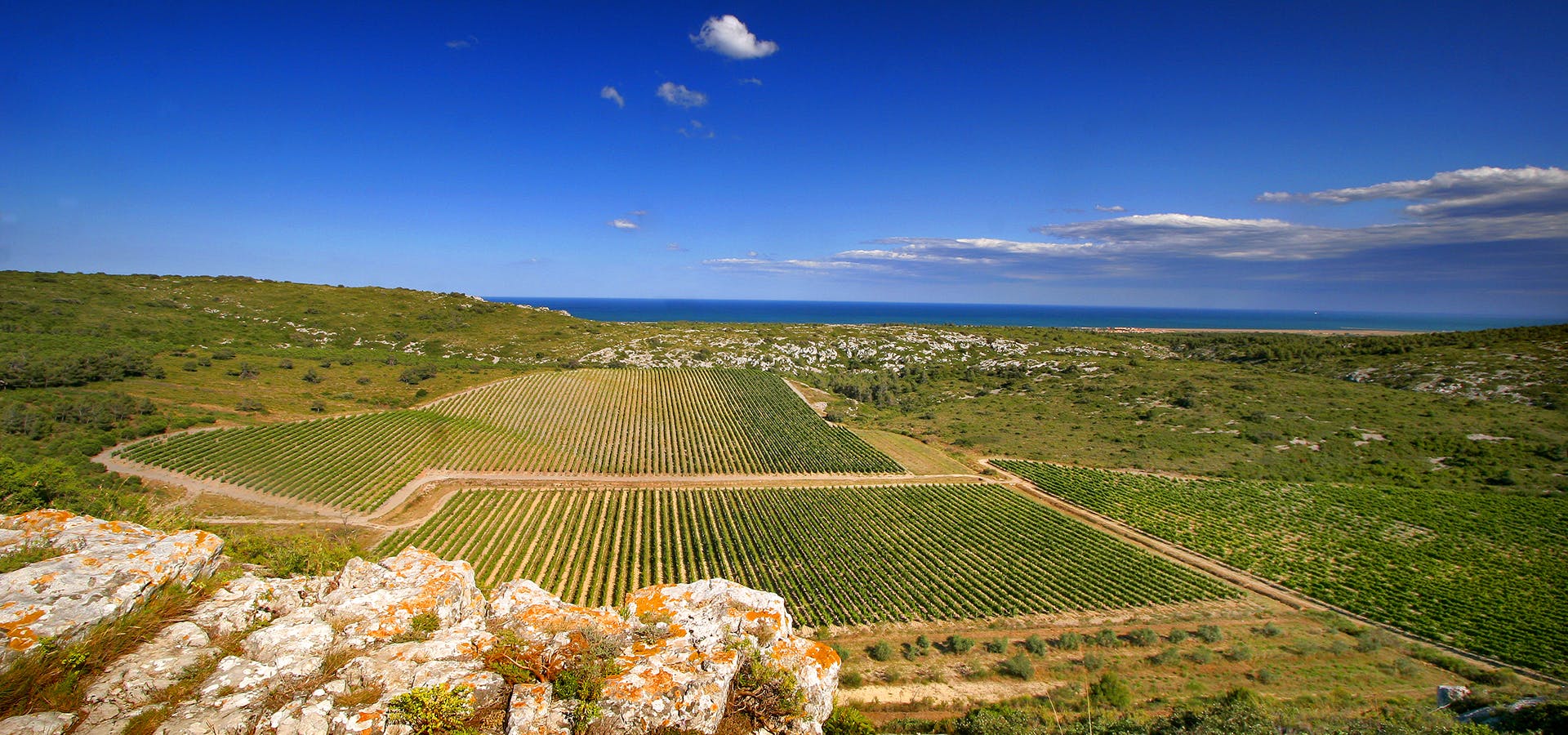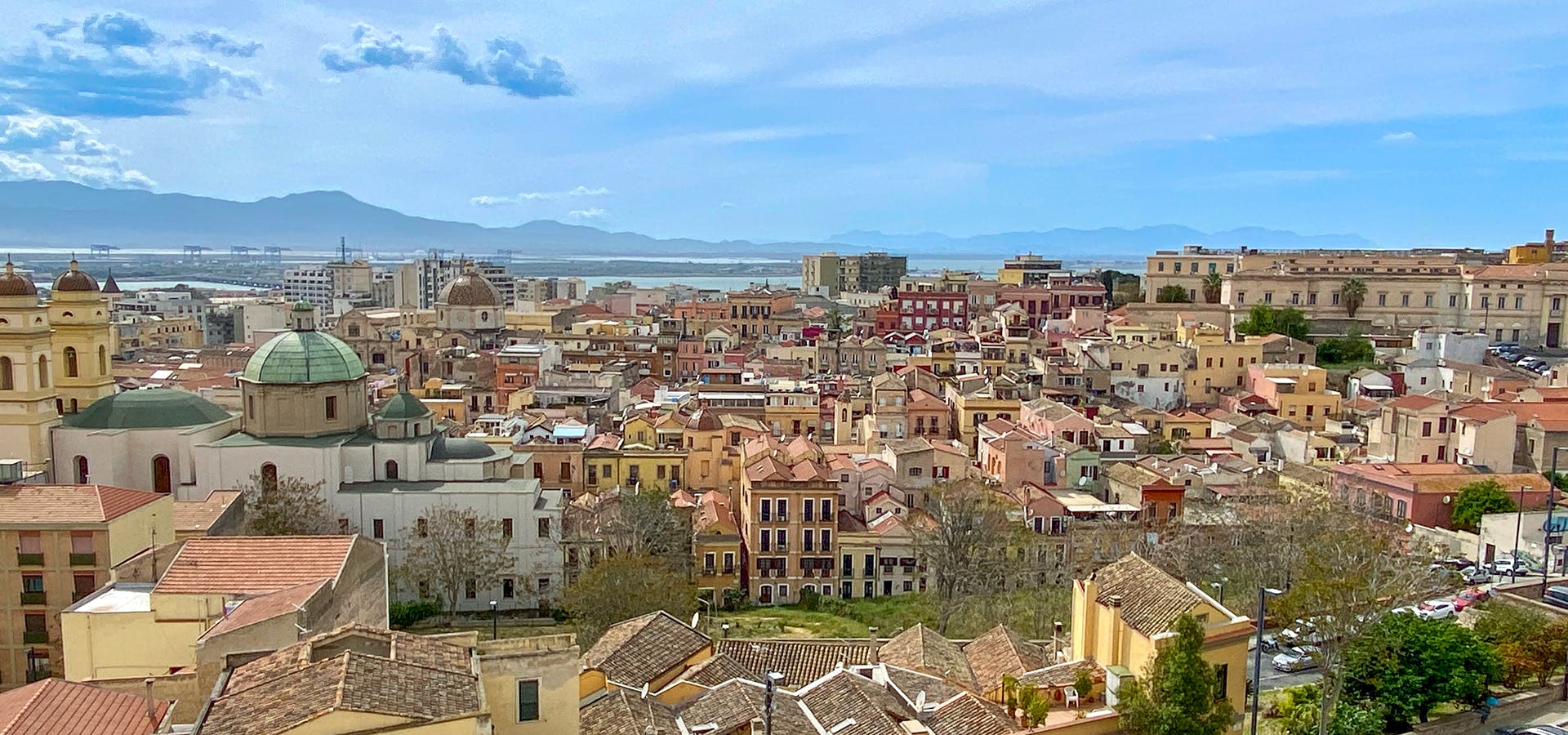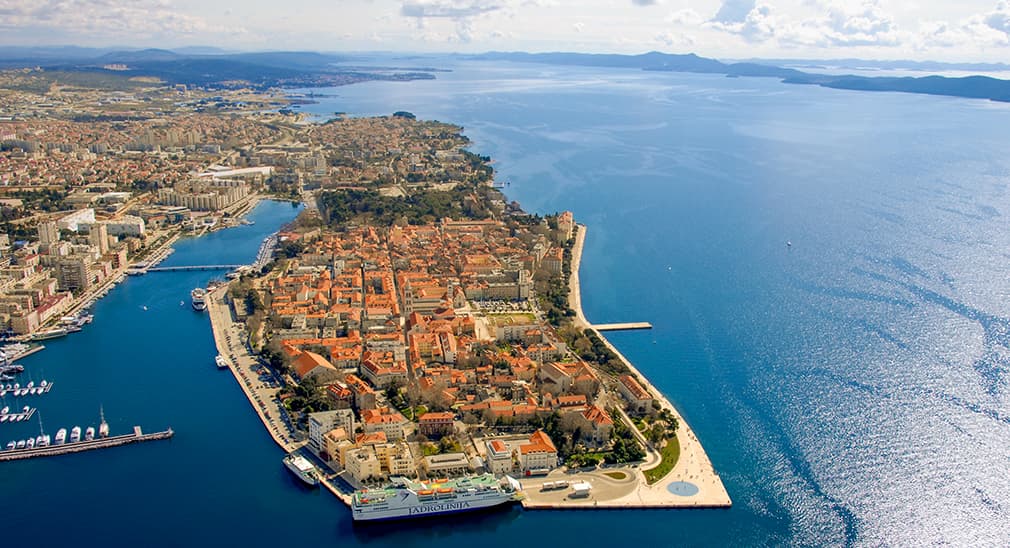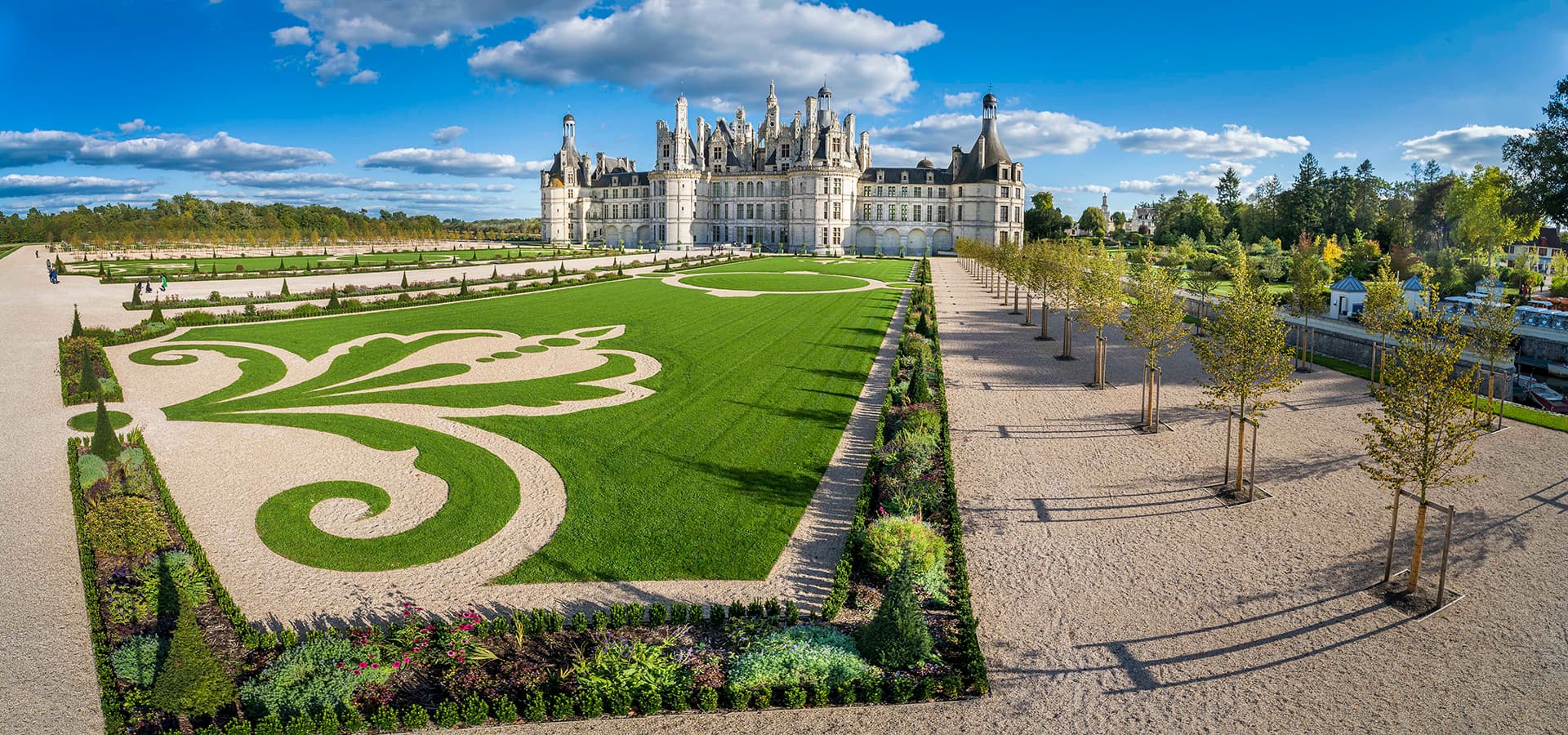First of all: Gérard Bertrand is a dashingly handsome, former professional rugby player, third generation winemaker, man of heart, passion and mystical beliefs so profound he argues that wine is the “song of the landscape, the poetry of the terrain.” He sounds familiar? That’s because all that delicious Cote de Roses rose you’ve been swilling all summer hails from one of his 16 Languedoc-sited wine estates, each a unique patchwork of Southern French terrain, all infused with the maritime gifts of the Mediterranean Sea nearby. He also makes astonishing white wines, prodigious red wines and roses, including one, Clos de Temple, which sells for $200 a bottle and can be stored by investors for years to come.

Secondly, the resort. Chateau L’ Hospitalet Wine Resort lies amongst vineyards near the ancient Roman city of Narbonne, just minutes from the sea. Previously a gastronomic and wine lovers’ destination for epicurean travelers, which exuded rustically, chic artsy appeal, the vineyard surrounded hotel, hewed from a restored centuries-old building was completely re-imagined and redone during the pandemic. Today, not only have the original 34 guest rooms been enlarged and re-embellished, but a second building, La Villa Soleilla – overlooking the vines – has been annexed to the estate. There, down a pathway that passes alongside the vines, 11 suites occupy a renovated and modernized mas—or farmhouse with views that extend to the sea. Utterly five-star and swanky, the resort remains comfortable, casual and hepcat cool.

Thirdly, the amenities. If sleeping amongst vineyards alone weren’t enough, the hotel, (officially called Château L’Hospitalet Wine Resort, Beach and Spa) offers guests a slew of pampering amenities and enticing activities, all meant to immerse you deeply into the terrain and your destination. At Villa Soleilla’s setting, an infinity pool seems to hover above the vineyard. While swimming laps I fully expected to flutter kick right into the grapes. There’s another pool, as well and a spa, plus a bonafide beach club, with billowing curtains, a tent-like roof, loads of lounge chairs and a very hip DJ right on the sand, a short drive from the hotel. Two restaurants, one gastronomic, and the Jazz Bar keep guests well-sated. There’s also a putting green, gym, tennis court, jogging paths amongst the vineyards, yoga on the beach and paddle boarding.
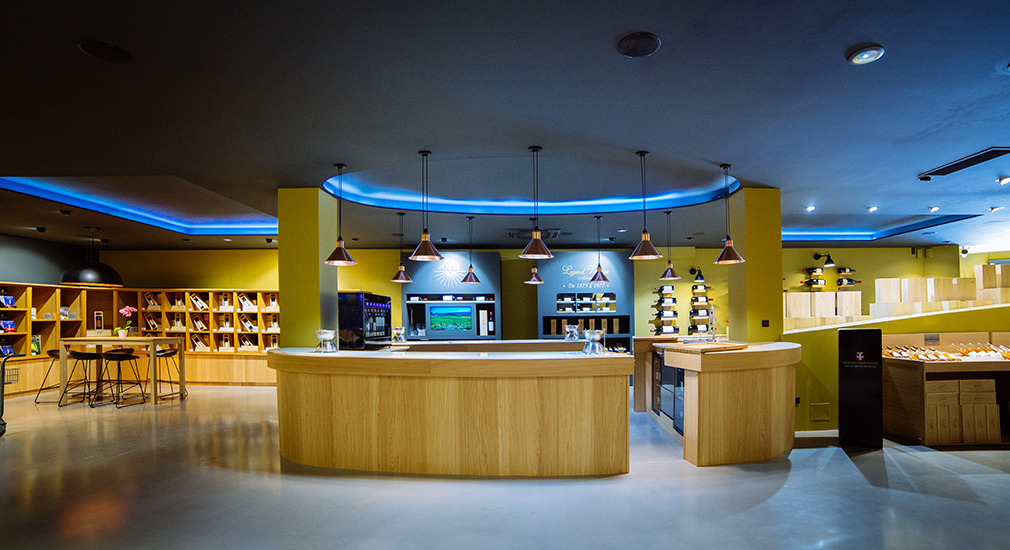

Fourthly, more amenities and things to do. Let’s face it. You’ve come here because you love wine. The resort won’t let you down. With myriad wine experiences for both experts and novices, the retreat proposes tours of the estate, wine pairings with meals and master class-style tastings based on a variety of themes. Vineyard visits to other estates showcase six of Bertrand’s other biodynamically cultivated estates, including the untrammeled landscape of Château La Sauvageonne that sits atop a hill amid volcanic soil and the aforementioned Clos du Temple, home to the eponymous, sexy, high-dollar rose, an architectural spectacle itself. The estate shop also offers tastings daily. Don’t miss Jazz A L’Hospitalet, Bertrand’s summer wine festival. As he says: “Jazz is to music as terroir is to wine. It speaks to the soul.”
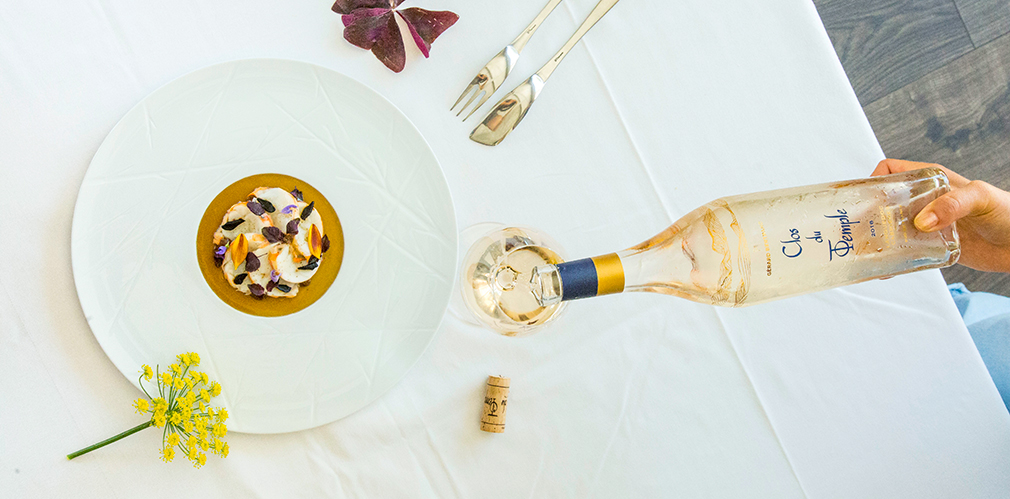
Fifthly, The region: Locals call the Languedoc, which stretches from Provence to Spain, the “true south of France.” Ancient, with a sacred allure, the terrain is part of La Clape National Park, a sun-dappled, scrubby terrain, mottled with wild herbs and pine forests. Now subsumed by Occitania, still the Languedoc to residents, the region brims with history. Visit the new Norman Foster-designed Narbo Via, a museum of Roman antiquities in Narbonne. Also, a highlight: the oysters, farmed off the coast of Narbonne in Gruissan and Leucate, as well as sea salt production in Gruissan.





